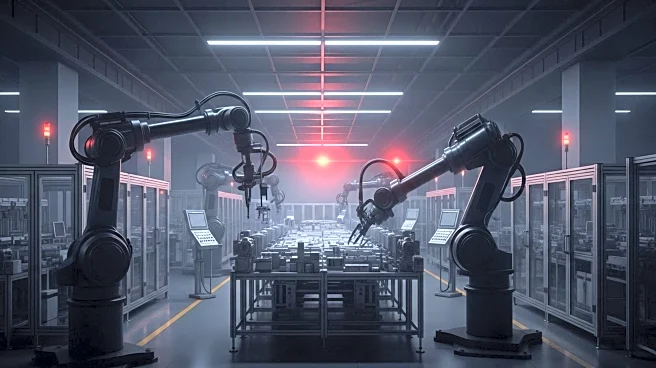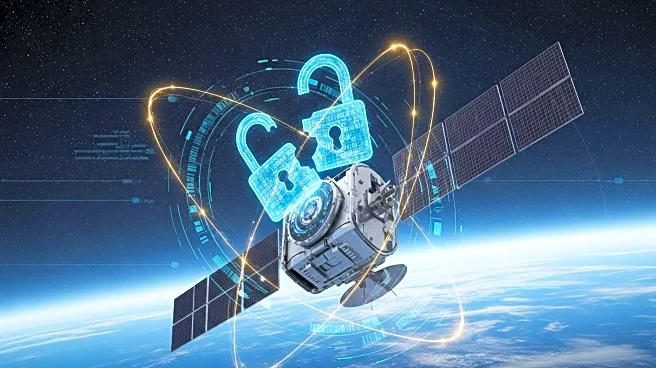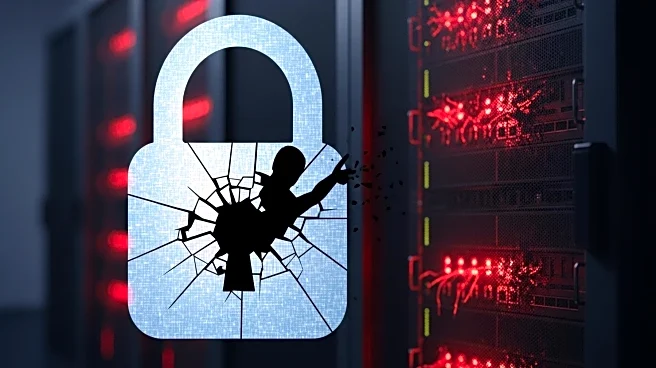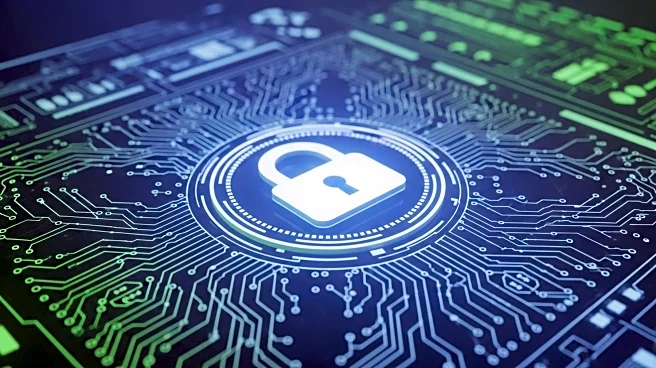What is the story about?
What's Happening?
The critical infrastructure industry, including sectors such as water, energy, and transport, is facing significant cybersecurity challenges due to security misconfigurations. Despite increased investments in cybersecurity measures, many organizations are vulnerable not because of sophisticated cyberattacks but due to preventable weaknesses in their systems. These weaknesses often stem from misconfigurations in cloud platforms, such as overly permissive identity and access management roles, open storage buckets, poor network segmentation, and unmonitored cloud containers. These issues create structural vulnerabilities that compliance frameworks alone cannot address. The Security of Critical Infrastructure Act (SOCI) and other frameworks like the Essential Eight and NIST Cybersecurity Framework are designed to set security standards, but they are not sufficient if the foundational security measures are weak.
Why It's Important?
The implications of these security misconfigurations are profound, as they can lead to breaches that compromise essential services. For critical infrastructure operators, the stakes are high, as they are responsible for delivering safe and reliable services to the public. The regulatory environment is becoming increasingly stringent, with frameworks like SOCI requiring comprehensive risk management programs. Organizations that fail to address these misconfigurations risk not only regulatory penalties but also the trust of the public and stakeholders. The focus on compliance should be a starting point for building resilience, not the end goal. By addressing these vulnerabilities, organizations can enhance their security posture, protect critical assets, and ensure the continuity of essential services.
What's Next?
To mitigate these risks, organizations need to go beyond compliance and focus on building resilience. This involves regular security posture reviews to identify and remediate misconfigurations, implementing secure-by-design environments, and utilizing AI-enabled monitoring tools for continuous visibility. As regulatory scrutiny intensifies, organizations that proactively address these issues will be better positioned to meet future challenges and maintain public trust. The emphasis should be on creating robust security frameworks that can withstand evolving threats and ensure the integrity of critical infrastructure.
Beyond the Headlines
The issue of security misconfigurations highlights the broader challenge of balancing compliance with genuine security resilience. While compliance frameworks provide valuable guidelines, they should not be seen as the ultimate solution. Organizations must adopt a proactive approach to security, leveraging technology and strategic planning to address vulnerabilities. This shift in mindset is crucial for building long-term trust and ensuring the sustainability of critical infrastructure services.
AI Generated Content
Do you find this article useful?













